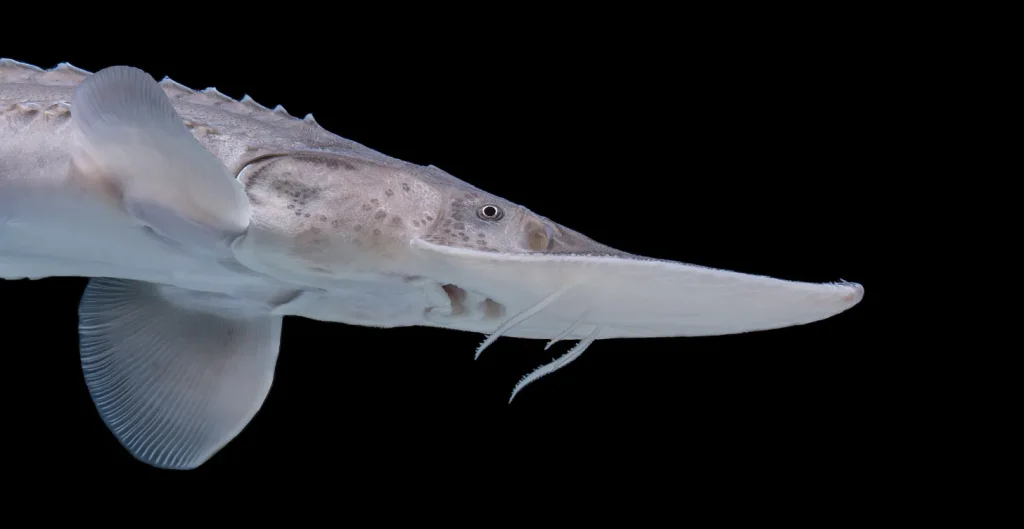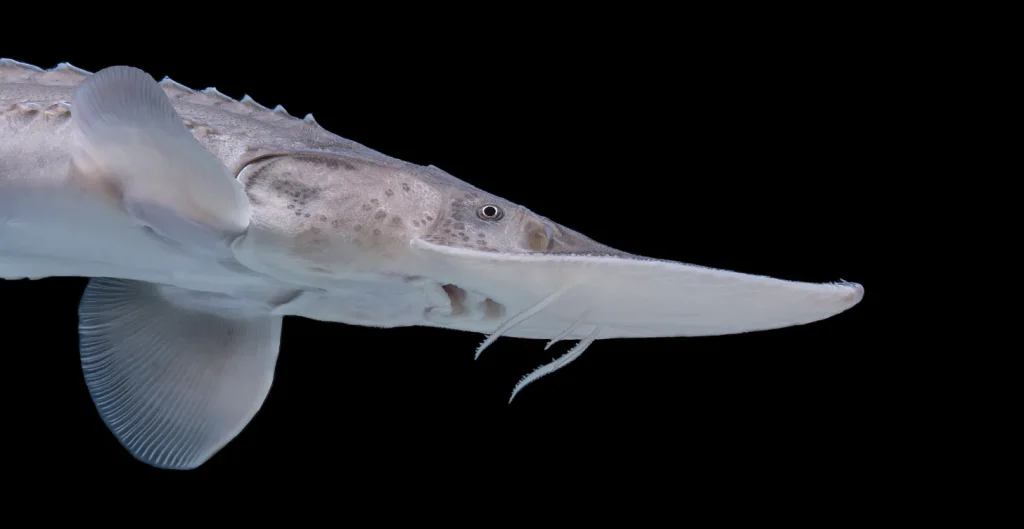
The Trump administration wants to change how the Endangered Species Act protects wildlife in South Dakota and across the country.
The U.S. Fish and Wildlife Service proposed to remove habitat destruction from the legal definition of “harm” under the Endangered Species Act this month. This would mean federal protection only applies when animals are directly injured or killed, not when their habitat is lost. The agency said in the Federal Register that the change would “provide clarity and predictability” for landowners.
The proposal follows a 2024 Supreme Court decision overturning the Chevron Deference Doctrine, opening the door for revising previous environmental regulations.
Conservation groups, including the Center for Biological Diversity, warn this proposal would “rescind nearly all habitat protections for endangered species nationwide.” They say it could let industries destroy critical habitat and push species closer to extinction.
Why South Dakotans Should Care
South Dakota Game, Fish and Parks conducts biennial reviews of state threatened and endangered species. The most recent review downlisted the peregrine falcon from endangered to threatened status after meeting recovery criteria.
South Dakota’s endangered and threatened species include the black-footed ferret, piping plover, pallid sturgeon, least tern, peregrine falcon, American dipper, osprey, Topeka shiner, and Dakota skipper.
The black-footed ferret is endangered at both state and federal levels. Once thought extinct, it was rediscovered in Wyoming in 1981, leading to reintroduction efforts in western South Dakota.
The piping plover, listed as threatened, breeds along rivers and reservoirs in South Dakota, particularly along the Missouri River and in northeastern areas shared with North Dakota.
Pallid sturgeon are found in the Missouri River and its tributaries, with population declines linked to channelization and water quality problems.
Though endangered, the Topeka shiner is more common in South Dakota than in other states. It occurs in 66 different streams within the James, Vermillion, and Big Sioux Rivers.
The Dakota skipper has historically had 33 percent of all known locations in South Dakota but is now confirmed present at only 10 of 73 documented sites in the state’s Outer Coteau des Prairies region, with unknown status at 41 sites.
“Habitat loss is the main threat to South Dakota’s rarest species,” particularly in native prairie ecosystems, which have experienced 70-99 percent decline from historic levels.
What the ESA Change Would Do
The Trump administration’s proposal would remove habitat modification from the definition of “harm,” a key term in the Endangered Species Act. Only direct actions that injure or kill animals would trigger federal penalties. The agency said the change would align with the law’s original language and reduce regulatory burdens for landowners and developers.
Conservation groups and state biologists say the change would undermine recovery efforts for species that rely on specific habitats.
“No way to protect animals and plants from extinction without protecting the places they live,” said Noah Greenwald, endangered species director for the Center for Biological Diversity, in a public comment on the rule.
Local Impact and What’s Next
South Dakota’s prairies, wetlands, and rivers are already under pressure from agriculture, housing, and energy development. State wildlife officials say the black-footed ferret, piping plover, and pallid sturgeon all depend on shrinking habitats due to these changes.
S.D. GF&P’s South Dakota Natural Heritage Program tracks rare species and habitats for conservation planning and stresses the importance of habitat documentation.
South Dakota Game, Fish and Parks said it will continue to monitor all state-listed species and update status reviews every two years.
Federal funding for recovery remains limited. The outcome of the Trump administration’s rule is uncertain pending public comment and likely legal challenges.
If the rule is finalized, state and tribal agencies may need to take on a larger role in protecting critical habitats and managing at-risk species.





